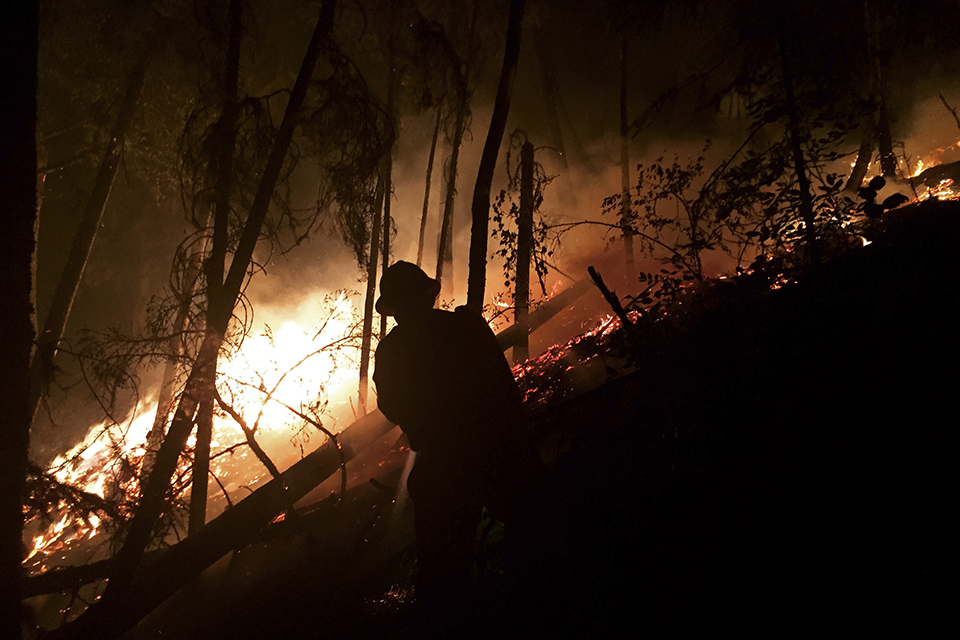Yesterday's hottest summers are tomorrow's new norm

The world’s hottest summers on record will be the new norm within 20 years due to human-influenced climate change, says the president of the Pacific Climate Impacts Consortium at the University of Victoria.
Climatologist Francis Zwiers co-authored a study confirming that sweltering summers as gauged by a long-standing measurement of human heat tolerance have become at least 70 times more likely over the past four decades. By 2050, virtually every summer will be hotter than any experienced to date.
“We’re more than 95 per cent certain that human emissions of carbon dioxide and other greenhouse gases are the primary cause. The evidence is extremely strong,” says Zwiers, whose study found that even the hottest summers experienced since 1973 will be just typical summers within two decades.
Zwiers’ study examined wet bulb globe temperature (WBGT), a standard measure of heat that takes temperature and humidity into account and is often used to manage heat exposure for people working outdoors in summer in direct sunlight.
Hotter summers caused by human-influenced climate change were evident in all of the 10 regions that Zwiers and his colleagues studied, but the Mediterranean region and Asia are feeling the heat the most. In the case of East Asia, for instance, the record hot summer of 2010 has gone from being a rare event that back in 1975 could be expected to occur perhaps only once in a thousand years, to something that now occurs in that part of the world every four years.
His findings confirm that cities will require aggressive cooling strategies to manage the more frequent extreme heat events in summers that will soon be the new norm. People working outdoors in summer will likely be exposed to rapidly rising risk of heat stress in regions with the most significant rise in WBGT, says Zwiers.
Zwiers points out that these findings indicate once again the need to undertake climate-change adaptation as well as reduce emissions, since impacts like those considered in this study are emerging quickly. The study was funded by the National Science Foundation and Environment and Climate Change Canada.
The Pacific Climate Impacts Consortium (PCIC), hosted by UVic, is a regional climate service centre that provides data, analysis and interpretation to stakeholders in BC and beyond. Building on strong partnerships with more than 40 public and private sector agencies and organizations, PCIC organizes its activities around three themes: regional climate impacts; hydrologic impacts; and climate analysis and monitoring.
UVic is a Canadian leader in research on climate modelling, mitigation and adaptation, as well as the development of sustainable energy systems and the human dimensions of climate change. University researchers work with governments, industry and community groups to foster clean growth, sustainable solutions and low-carbon economic development to address the challenges posed by climate change.
-- 30 --
Photos



Media contacts
Francis Zwiers (Pacific Climate Impacts Consortium) at 250-721-6236 or fwzwiers@uvic.ca
Jody Paterson (University Communications + Marketing) at 250-721-8746 or jodypaterson@uvic.ca
Val Shore (University Communications + Marketing) at 250-721-7641 or vshore@uvic.ca
In this story
Keywords: climate, climate change, asia, employment, mathematics and statistics, Pacific Climate Impacts Consortium
People: Francis Zwiers




